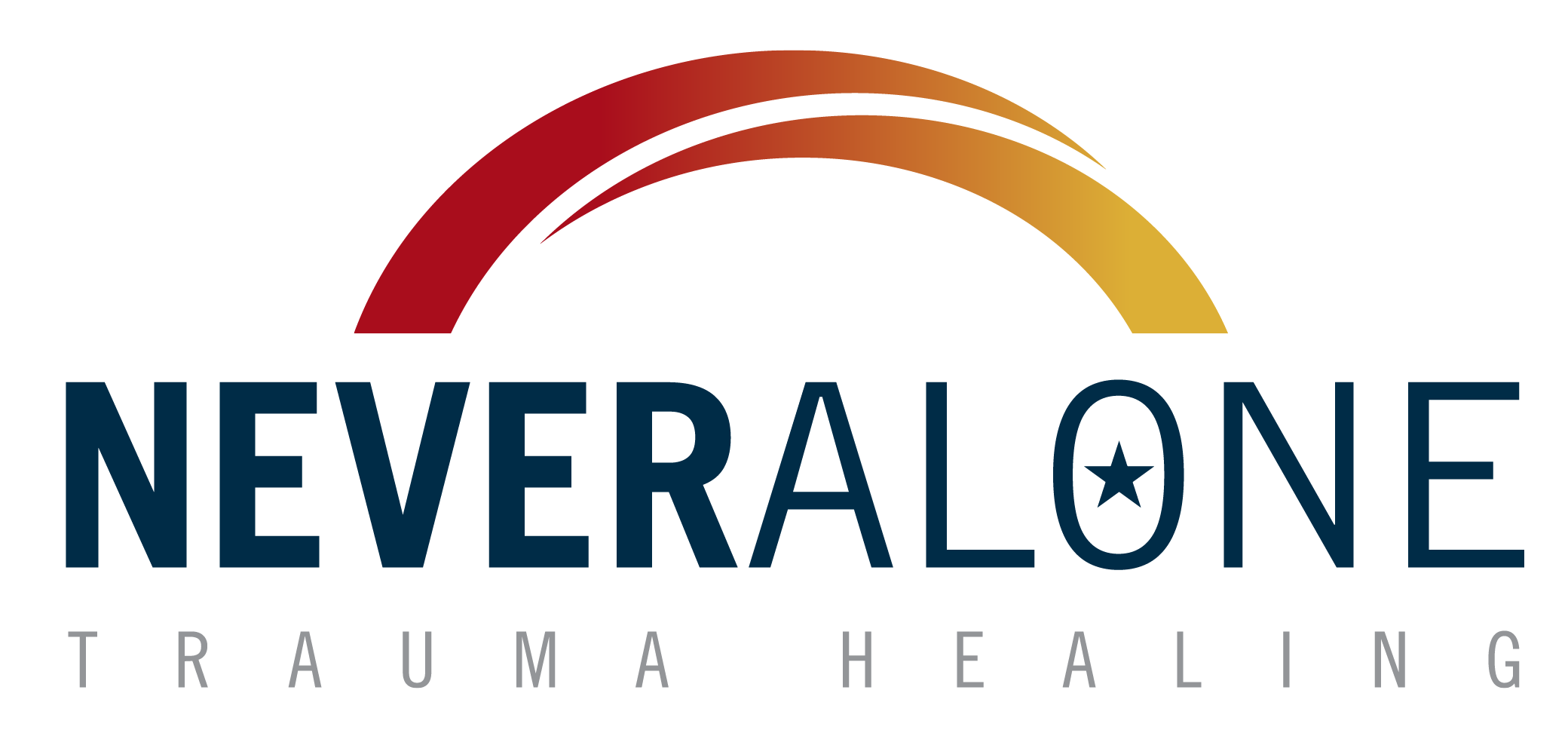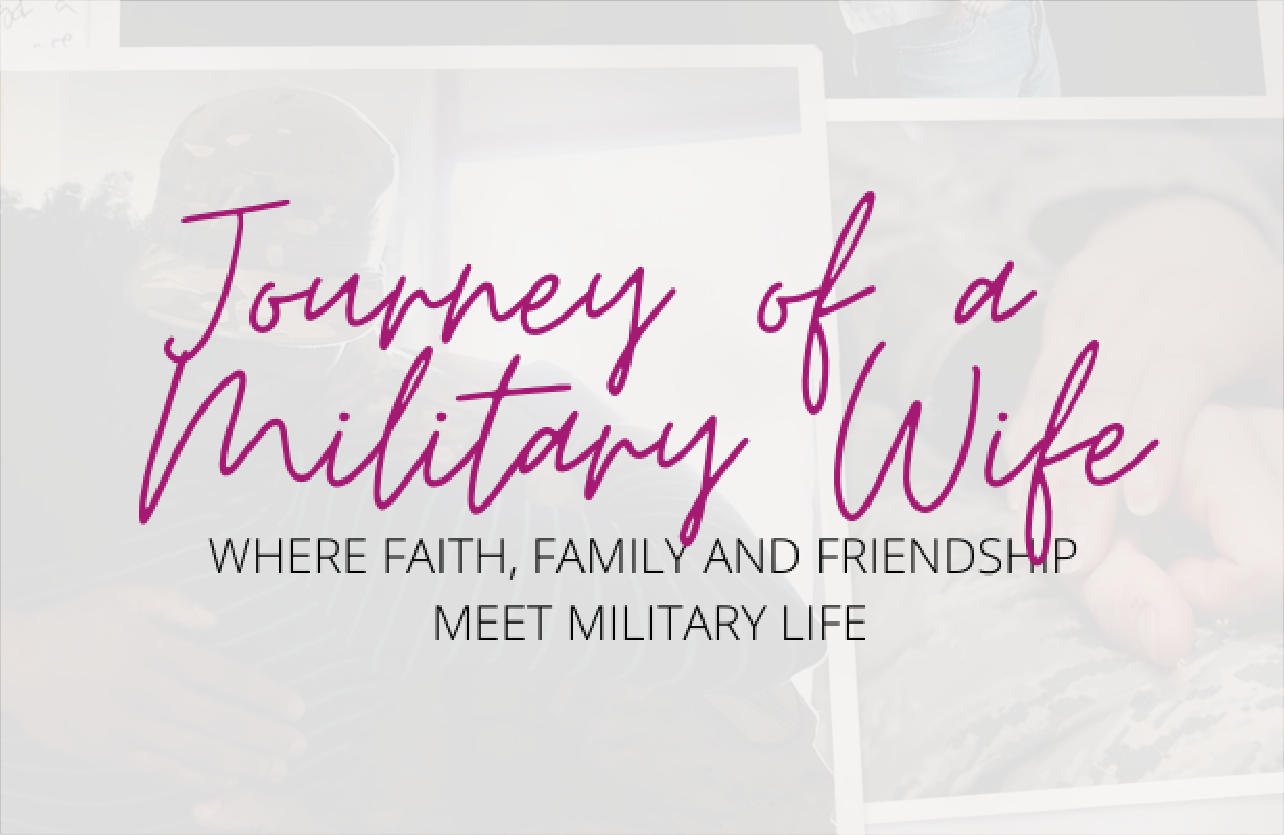Module 6: Coming Home
About This Topic
Module Content
POST-DEPLOYMENT TRANSITIONS
Coming home after deployment can be one of the most difficult transitions a service member can make. Things change at home over time. Military experience also changes people. Expectations can be unrealistic. What can we do to make sure this transition is smooth for all involved?
In this module, you will reflect on:
- The difficulties with post-deployment transitions
- The five phases of coming home
- Skills for reducing trauma during military transitions
LISTEN TO TIM’S COMING HOME STORY
Notice the broad impacts that Tim’s return from deployment has on both him and his family.
COMING HOME IS TOUGH
As you heard in Tim’s story, coming home is not easy. This struggle is common. The adjustment process can put a strain on families and loved ones.
Reflect & Respond
Journal Exercise #1
How would you define coming home? Have you known someone who transitioned well? What did you notice about their transition? Why do you think it went well? How about someone who had a difficult time transitioning? Why do you think it was difficult?
If you have not yet downloaded and printed your Module 6 journal, you can download it now.
COMING HOME IS A PROCESS
A healthy coming home leaves room for ups and downs and is centered around good communication. Here are a few things to keep in mind:
1
Coming home is a journey of transition and will take time.
2
There will be good days and bad days—or even months—and this is a normal part of coming home.
3
Each person involved needs to understand the journey and be prepared and committed to healthy communication.
Listen again to A.R. “Jiggs” Martin discuss some of his struggles in coming home from Iwo Jima.
EXCITEMENT WEARS OFF
Many veterans and military families initially feel relieved and happy when the deployment is over. But as weeks pass, some are surprised by unexpected challenges to finding their peace at home.
Returning veterans and their families may experience one or more of the following challenges:

Click To Flip
The veteran feeling a lack of ‘fit’ with family, friends, church, or other circles.

Click To Flip
The veteran feeling lonely or isolated, especially if they are single.

Click To Flip
The veteran feeling hypervigilant about safety issues.

Click To Flip
Role confusion and changes in role functions.

Click To Flip
The veteran feeling a sense of diminished value or purpose.

Click To Flip
Ongoing anxiety about the next deployment.
COMING HOME LOOKS DIFFERENT
Each coming home story is unique. Situations are different. Some transitions are temporary. Some are permanent. Some transitions are just the first part of many to come.
WHAT THE BIBLE SAYS
The Bible discusses coming home from many different perspectives. Each of these stories can teach us something new about coming home. Read through each of the stories below and see what you can learn.
In the book of Exodus, the people of Israel long to be set free from slavery in Egypt. Yet after they leave, they long to go back, remembering only the good things and forgetting the hard things about their captivity. This is a common human response to an uncomfortable new reality.

In the book of Ruth, Naomi returns to Bethlehem after ten years in Moab. She speaks honestly about all her losses. Because of her bitterness, she is not able to see God’s faithful love for her expressed through Ruth’s faithful love. This, too, is a normal human response after great loss, because the pain can blind us to everything else.

The book of 2 Chronicles describes how the people of Israel return to Jerusalem to rebuild the temple after 70 years of exile in Babylon. When the temple’s foundation is laid, some rejoice, while others weep, remembering the former temple and all that has been lost. Returning home can bring mixed emotions, with joy and sorrow living side by side.

Just like the Israelites in Exodus, often it is easy to remember just the good things about a past experience. Similar to Naomi in the book of Ruth, our bitterness can sometimes blind us to God’s work in our lives. Finally, coming home can be a mix of many different emotions, as seen in the book of 2 Chronicles. Understanding these things can help you prepare for your own coming home experience.
PHASES OF COMING HOME
Another way to prepare yourself for coming home is learning its phases. Coming home tends to unfold in five phases. Watch the video below to learn these phases.
Reflect & Respond
Journal Exercise #2
What stage(s) of coming home do you identify with the most and why? Where have you experienced difficulty in coming home? Where have you experienced success? How has this journey impacted the individuals in your family?
If you have not yet downloaded and printed your Module 6 journal, you can download it now.
NAVIGATING COMING HOME
What can we do to make coming home easier? There is no “easy button” to fix this transition, but there are steps that you can take to prepare yourself and your family.
HOW TO HANDLE BAGGAGE
When coming home, both the veteran and family members are all carrying “baggage.” Families, especially children, will not automatically know how to unpack these bags. It will take close and intentional effort. Families will need to be equipped with ways to unpack their bags together.
One way to do this is to share a family meal with time to answer questions or tell stories about experiences. Another is to create a family timeline or album, adding events and important milestones that were significant to family members during deployment. For example, a 16-year-old who got his or her license during a parent’s deployment.
BIBLICAL EXAMPLES
Always remember that God is there to help us unpack our baggage. Remember back to “Bringing Pain to the Cross.” God invites us to bring our pain and suffering to him.
Reflect & Respond
Journal Exercise #3
What have you learned in this lesson that helps you adjust your expectations for coming home? Where in your family life can you use some of these strategies for communication? Who will you use them with? How can you ask, seek, and knock to ease the challenges of transitions?
If you have not yet downloaded and printed your Module 6 journal, you can download it now.
WHAT’S NEXT
Coming home is just the start of an entire process of adjusting and rebuilding relationships. In the final module of this program, you will learn about Rebuilding and Resilience.
Next Module
Share This Module
Resources & Info
We hope you find these resources helpful.
Sign up now to save your progress and mark module content to easily revisit it again.
Your download is being prepared.
-
Module 6: Coming Home | Never Alone Program Journal
Download and print this tool to record reflections, key insights, and ideas as you progress through this module. -
For immediate crisis assistance, reach out to these organizations.
Additional Resources
Explore our other resources available for Service members and spouses to deepen your spiritual walk and Bible engagement. All of our comprehensive programs and materials specifically address the unique challenges those serving our nation face.


